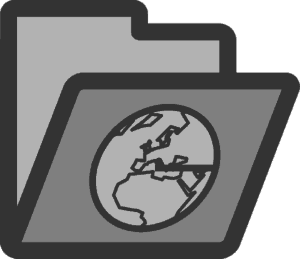How to Build Website on WordPress
Building a website online has never been so easy thanks to WordPress, the most popular content management system in existence. but how do you get started? Read this article to find out how.
The sites we visit and use on a daily basis consist mainly of text, pictures, and videos we consume and enjoy; we rarely think about how it all came to be. Usually, an individual or a team of people sit at their computer and write the words and sentences that make up the site’s content, publish it onto the cloud which is stored in an engine like WordPress
First Step: WordPress Installation
First, you will need to visit the WordPress website and create an account. This is not necessary, but it is easier to have an account to manage your site. You will be prompted to create a username and password, which you will use to log into your account. After you have created an account, you will be asked to confirm your email address, which you will use to receive updates and help.
You will also be asked to create a database. The database is the core of your WordPress website. You will need to create a database to store all of your website’s content. The database stores all of the text, images, and videos that make up your website. Now log in to your WordPress Dashboard.
Build Your Theme – Best Practices
After you have logged in, you will be taken to the “My Sites” page. This is where you can manage all of your websites. You will be able to add, edit, and delete websites, as well as view their settings. You can also see all of the websites you have created.
After you have logged in, you will be taken to the “My Sites” page. This is where you can manage all of your websites. You will be able to add, edit, and delete websites, as well as view their settings. You can also see all of the websites you have created.
Themes are the main building blocks of a website. They are the base of the design of a website.
How to Install a New Theme
If you wish to use a different theme, you will need to install it. The process of installing a theme is very similar to installing a plugin. The only difference is that you will need to navigate to the “Plugins” section. There, you will see a list of plugins that you can download and install.
Once you have installed the theme, you will need to activate it. To activate a theme, click on the “Appearance” tab and select “Themes” from the left-hand side. This will take you to a page that allows you to activate or deactivate themes.
You will also need to change the site’s theme if you want to. You will do this by clicking on “Appearance” and selecting “
Integrate Plugins
Once you have activated the theme, you will need to install any plugins that are compatible with the theme. This is the process of installing a plugin. There are many different types of plugins, and you can learn more about them on the WordPress website.
Once you have installed a plugin, you will need to activate it. To activate a plugin, click on the “Plugins” tab and select “Plugins” from the left-hand side. This will take you to a page that allows you to activate or deactivate plugins.
How to Install a Plugin
You can download a plugin by clicking on “Plugins” from the left-hand side. The next page will ask you to select the type of plugin you wish. you also can upload a plugin if you have downloaded it to your computer.
Integrate Custom Code in WordPress
Once you have installed a plugin, you will need to integrate custom code. This is the process of customizing the functionality of your site. Custom code allows you to change the way a website looks and works. There are many different types of custom code, and you can learn more about them on the WordPress website.
How to Integrate Custom Code
After you have installed a plugin, you will need to integrate custom code. This is the process of customizing the functionality of your site. Custom code allows you to change the way a website looks and works. There are many different types of custom code, and you can learn more about them on the WordPress website.



